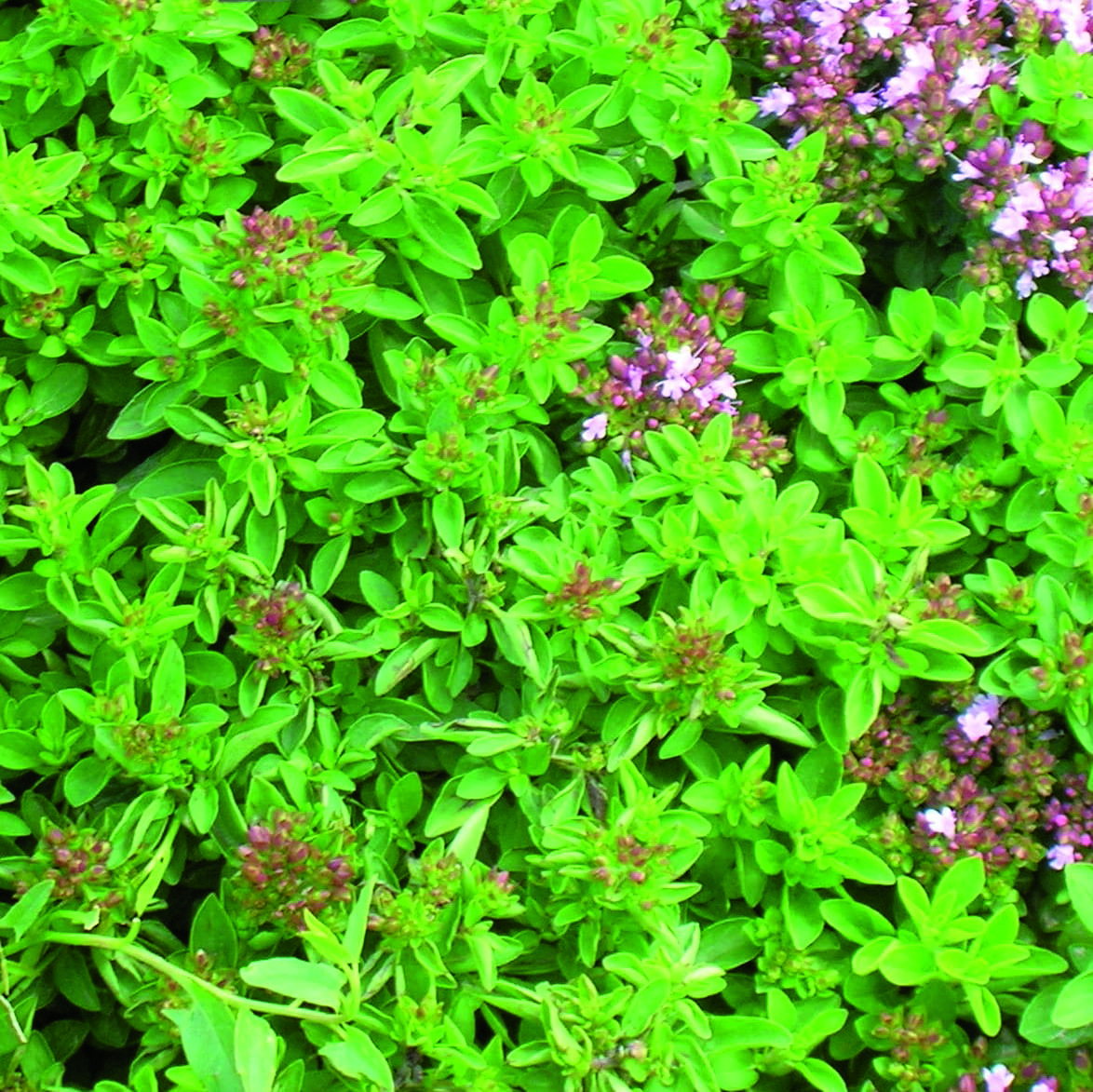| Maturity (days) | Annual |
|---|---|
| Plant height (cm) | 20 |
| Spreading (cm) | 15 |
| Formulations | Untreated |
Marjoram Sweet
Marjoram Sweet
5.69$
In stock
Marjoram Sweet has been added to cart
Buy 3 and get a 10% discount
Resembles oregano but with larger leaves. Is very useful in the kitchen: sprinkle on meat or vegetable dishes, use in salad dressings, etc. Also used as an insect repellent. Superior yield in humid, fertile soil in a very sunny area.
Cultivation mode
Plantation : Indoor: sown in April in a tray. Cover the seeds with a thin layer of vermiculite. They need heat to germinate so keep the soil temperature around 18 °C to 20 °C. Germination takes 14 to 20 days. As it develops, thin out to keep only the strongest seedlings, then transplant them into pots when they have at least four true leaves. Outdoor: planting in place will be done in the spring when the risk of frost has been eliminated. Sow them 1 cm deep, directly in place in pockets of four or five seeds distributed every 15 cm. When emerging, thin out to keep only the strongest plant at every 30 cm.
Soil : Indoor: A well-drained, porous seedling soil is ideal for preventing overwatering. Outdoor: Marjoram is grown in well-drained, light, dry and fertile soil. You can mix sand with earth. It supports calcareous soils, pebbles and drought. She needs a warm, sunny and frost-free location.
Spacing : 30 cm in the row and 30 cm between the rows.
Cultural practices : Protect the base of the plant with a mulch. Pinch off the ends of the stems to promote plant growth and slow down the flowering. To keep the foot from one year to the next, plant the marjoram in a pot that you will overwinter in a frost-free environment. Marjoram in pots and in the garden hates overwatering that causes its leaves to turn yellow. Water your plant immediately after planting and then only when the soil is too dry.
Harvest : Three months after sowing, you can start harvesting the stems as well as the leaves as they form, before flowering, preferably in the morning before the hot weather. They can be eaten fresh, but can also be stored in olive oil, either dried or frozen. To dry, lay the stems and leaves in the shade. When drying, or freezing on trays, the leaves are kept attached to the stems. They are stored in this way until consumption.
| Latin name |
Origanum majorana |
|---|---|
| Companion plants |
bean, Brussels sprouts, cabbage, cauliflower, cucumber, marjoram, parsley, pepper, squash, rosemary |
| Rival plants |
thyme |

